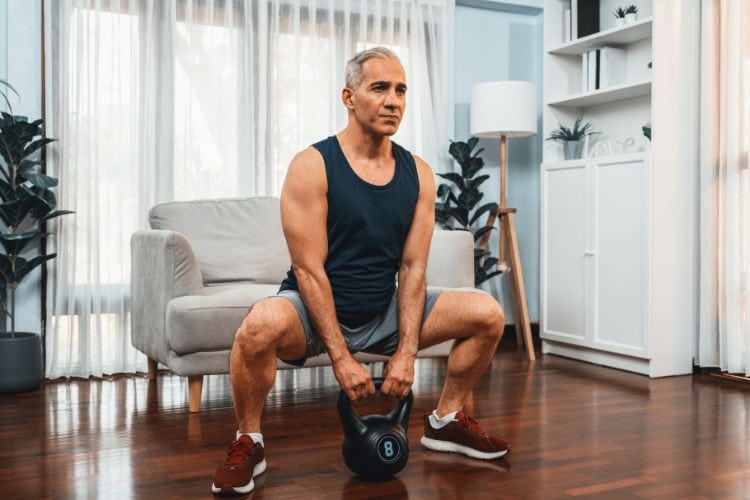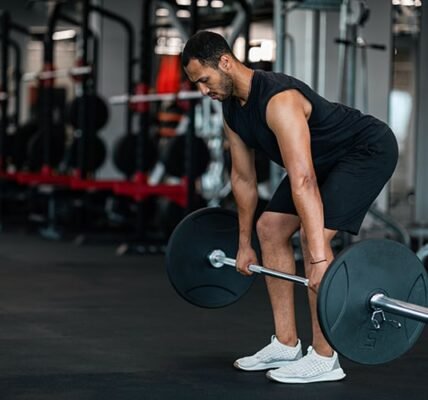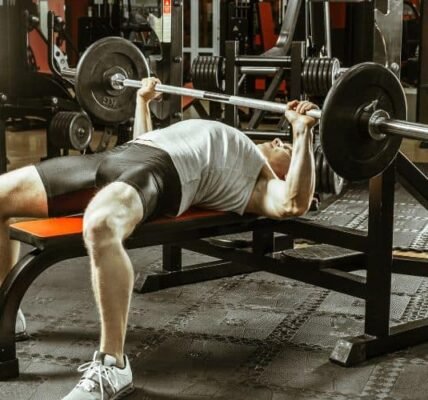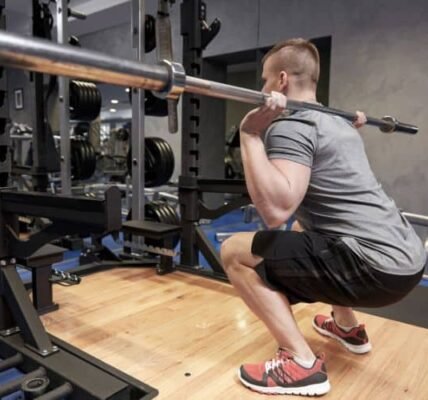
Staying active and strong becomes increasingly important as we age. For men and women over 50, full body workouts offer a powerful way to maintain muscle mass, improve balance, enhance heart health, and boost overall well-being. This guide will explore the benefits of full body training, outline effective routines, and provide essential tips for maximizing results safely after 50.
Why Full Body Workouts Are Ideal for Adults Over 50
Total Body Strength in Less Time
A full body workout engages all major muscle groups in one session. For adults over 50, this efficient approach is time-saving and promotes muscular balance, which helps prevent falls and injuries.
Supports Metabolism and Weight Management
After 50, metabolism tends to slow. Regular full body strength training boosts your metabolic rate by building lean muscle, helping manage weight and reduce body fat.
Improves Bone Density
Strength-based full body workouts stimulate bone growth, which is crucial for preventing osteoporosis—a common issue after 50.
Enhances Functional Movement
Functional exercises mimic everyday movements like lifting, bending, or reaching. Training your whole body ensures you stay strong for real-world tasks, reducing the risk of injury.
Key Principles for Safe Full Body Workouts After 50
1. Warm Up and Cool Down
Begin each session with 5–10 minutes of low-impact cardio (like marching in place or arm circles) to prepare joints and muscles. End with light stretching to improve flexibility and reduce soreness.
2. Focus on Form Over Weight
Good form prevents strain and injury. Start with lighter weights or bodyweight and gradually progress. Don’t rush—controlled movement builds strength more effectively than speed.
3. Incorporate Recovery Time
Recovery is vital after 50. Rest at least 48 hours between strength-focused sessions. Include active rest days with walking, stretching, or yoga.
4. Prioritize Core and Balance
Include exercises that strengthen the core and improve balance to support posture and prevent falls—key concerns as we age.
Best Full Body Workout Exercises for Over 50
1. Bodyweight Squats
Muscles Worked: Legs, glutes, core
How to Do It: Stand with feet shoulder-width apart. Bend knees, push hips back as if sitting in a chair. Return to standing.
Tip: Use a chair behind you for support if needed.
2. Wall Push-Ups
Muscles Worked: Chest, shoulders, arms
How to Do It: Stand facing a wall, hands shoulder-height. Bend elbows and lean toward the wall, then push back.
Tip: Progress to knee or standard push-ups as strength improves.
3. Bent-Over Dumbbell Rows Over 50 Full Body Workout
Muscles Worked: Upper back, biceps
How to Do It: Hinge forward at the hips, hold dumbbells, pull them toward your ribcage.
Tip: Maintain a straight back throughout.
4. Glute Bridges
Muscles Worked: Glutes, lower back, core
How to Do It: Lie on your back, knees bent, feet flat. Lift your hips and squeeze your glutes at the top.
Tip: Add a light dumbbell on your hips to increase resistance.
5. Standing Overhead Dumbbell Press
Muscles Worked: Shoulders, triceps, core
How to Do It: With a dumbbell in each hand at shoulder height, press overhead.
Tip: Keep your core tight to protect your back.
6. Bird Dog Over 50 Full Body Workout
Muscles Worked: Core, glutes, shoulders
How to Do It: On hands and knees, extend one arm and opposite leg. Hold, then switch sides.
Tip: Keep movements slow and controlled.
7. Step-Ups
Muscles Worked: Legs, glutes, core
How to Do It: Step onto a low platform or stair, then step back down. Alternate legs.
Tip: Use a sturdy surface and hold onto a railing if balance is an issue.
Sample Full Body Workout Routine for Adults Over 50
Perform this routine 2–3 times per week. Rest 30–60 seconds between exercises.
Weekly Full Body Workout Schedule for 50+
Day 1: Full Body Strength
Day 2: Rest or Light Activity (e.g., walk, yoga)
Day 3: Full Body Strength
Day 4: Rest or Core & Balance Focus
Day 5: Full Body Strength (optional light version)
Day 6: Active Recovery (e.g., stretching, swimming)
Day 7: Rest
Modifications and Equipment Tips For Over 50 Full Body Workout
Bodyweight-Only Options
If you’re new to exercise or have joint issues, begin with bodyweight-only versions. You can gradually add resistance as you build strength.
Use Resistance Bands
Resistance bands are a joint-friendly way to add tension and build muscle without heavy weights. They’re ideal for travel or at-home workouts.
Dumbbell Tips for Over 50
Start with light weights (3–10 lbs depending on your fitness level) and increase only when you can complete all reps with good form.
Benefits of Full Body Strength Training Workout After 50
Prevents Age-Related Muscle Loss (Sarcopenia)
Without strength training, older adults can lose 3–5% of muscle mass per decade. Full body workouts slow or reverse this trend.
Supports Joint Health
Strengthening muscles around joints helps reduce pain and stiffness, especially for those with arthritis or mobility concerns.
Improves Heart Health
Combined with moderate cardio, full body resistance workouts help regulate blood pressure and cholesterol—key factors in heart disease prevention.
Tips for Staying Motivated With Over 50 Full Body Workout
Set Realistic, Trackable Goals
Start with goals like “work out 2 times this week” or “complete 10 squats with good form.” Write down your progress weekly.
Make It Social
Exercise with a partner or join a local fitness class for older adults. Social connection improves consistency.
Celebrate Non-Scale Victories
Notice improvements in energy, balance, posture, or the ease of daily tasks. These are signs of real progress.
When to Consult a Doctor
If you have chronic health conditions such as heart disease, diabetes, or joint replacements, always consult a healthcare provider before starting a new program. They may recommend specific modifications or precautions.
Full Body Workout over 50 Variations for Different Fitness Levels
Beginner Level
- Chair Squats
- Wall Push-Ups
- Standing Marches
- Light Dumbbell Rows
- Seated Overhead Press
Intermediate Level
- Bodyweight Squats
- Incline Push-Ups
- Dumbbell Deadlifts
- Bird Dog with Holds
- Resistance Band Rows
Advanced Level (With Caution)
- Goblet Squats
- Full Push-Ups
- Single-Leg Glute Bridges
- Dumbbell Thrusters
- Plank to Push-Up
Nutrition Tips to Support Over 50 Full Body Workout
Focus on Protein
Aim for 20–30g of protein per meal to support muscle repair and growth. Lean meats, eggs, dairy, legumes, and plant-based protein powders are great sources.
Stay Hydrated
Dehydration can reduce energy, impair recovery, and strain joints. Drink water throughout the day and during workouts.
Include Healthy Fats and Complex Carbs
Fatty fish, nuts, seeds, and whole grains provide energy and support joint and heart health—critical for those staying active after 50.
Stronger at 50 and Beyond
Full body workouts after 50 are not just about staying in shape—they’re about preserving independence, vitality, and quality of life. With the right plan, you can build strength, improve balance, reduce injury risk, and feel better every day.
The key is consistency. Choose movements you enjoy, start where you are, and gradually progress. Strength knows no age limit—and it’s never too late to begin.
Want to Stay Fit and Energized Over 50?
Start your journey today with this beginner-friendly full body workout plan designed for lasting results.





